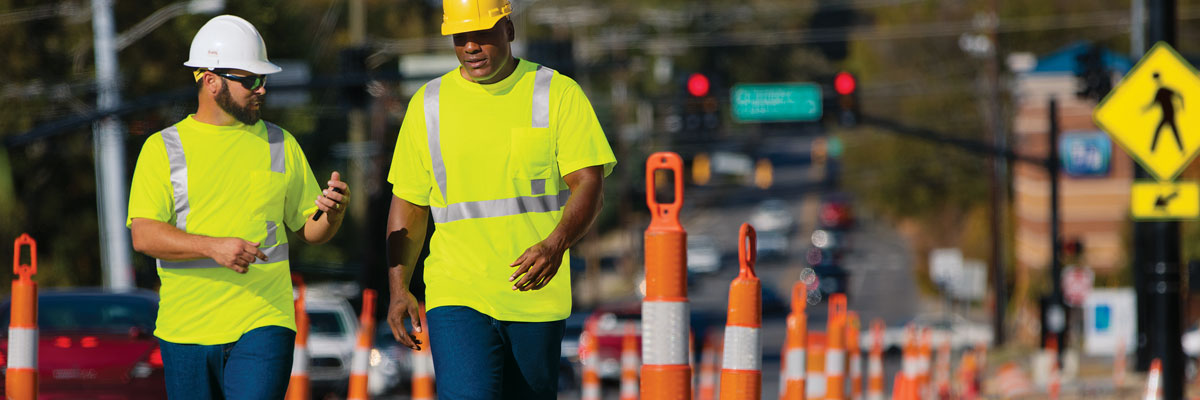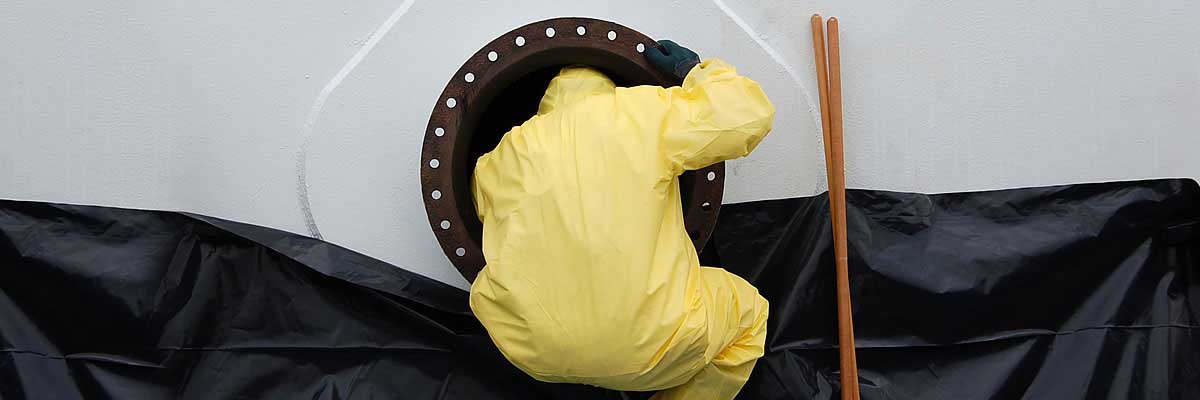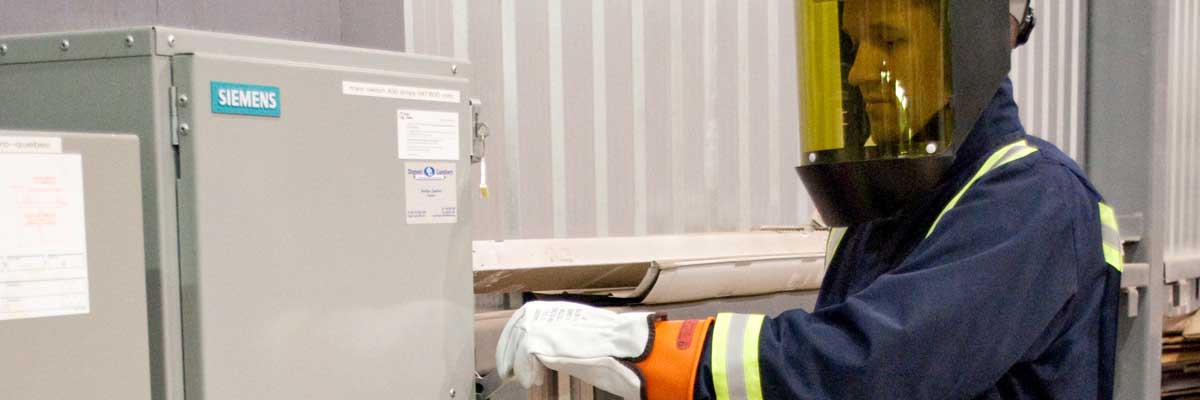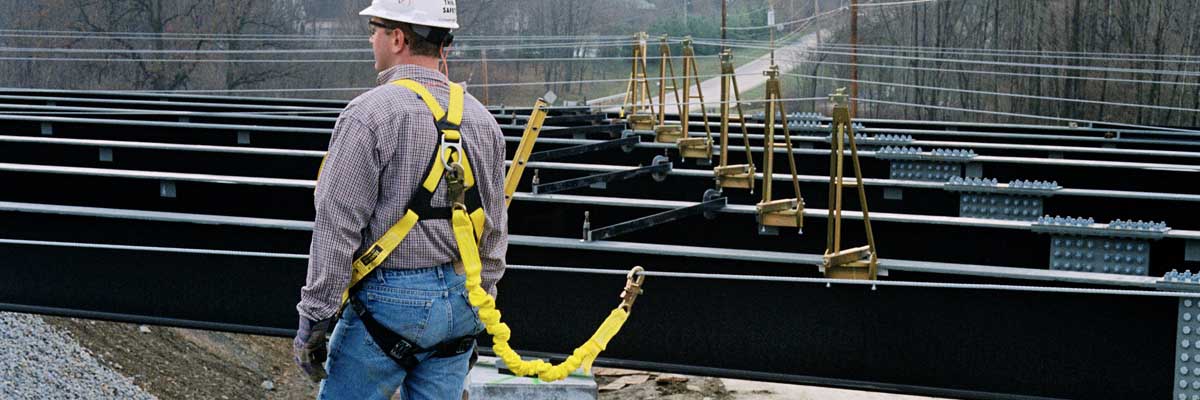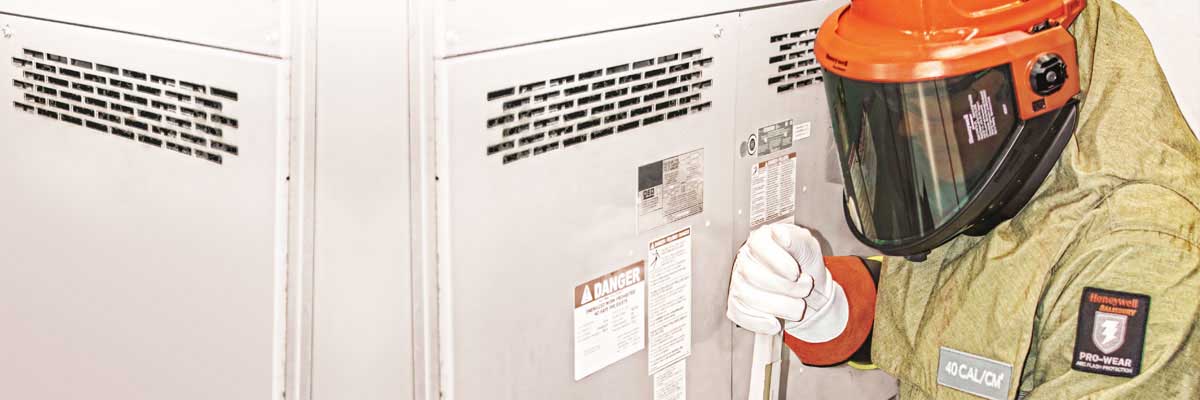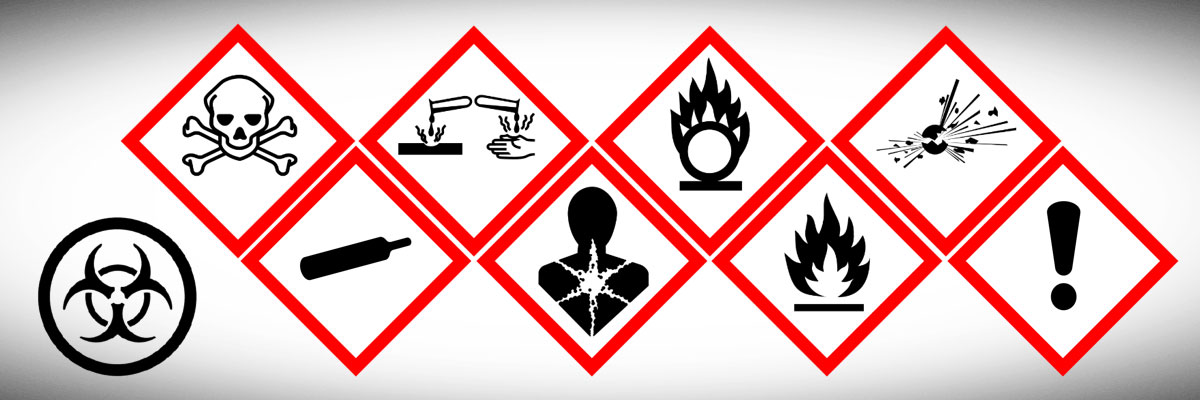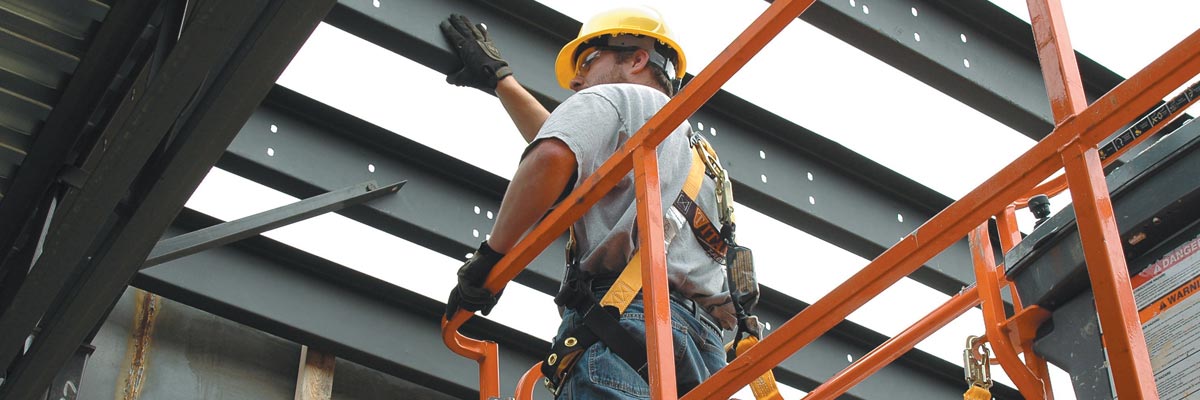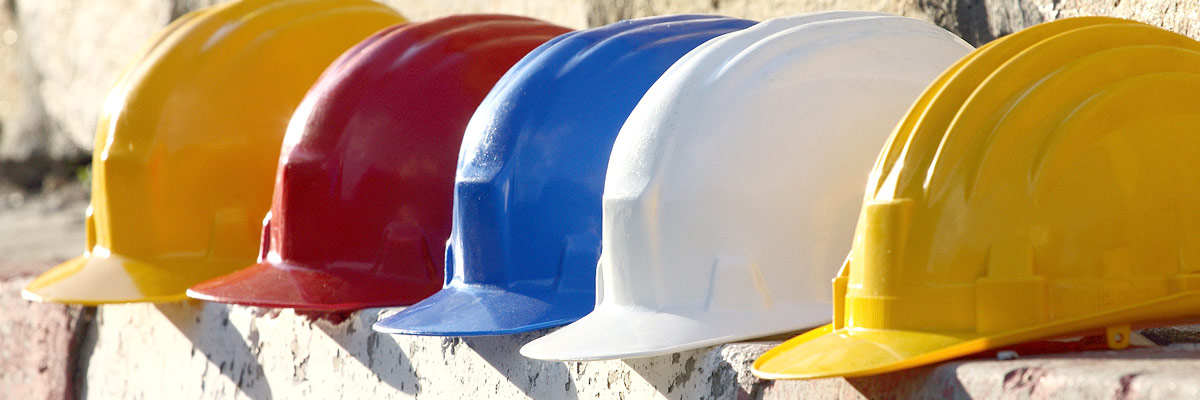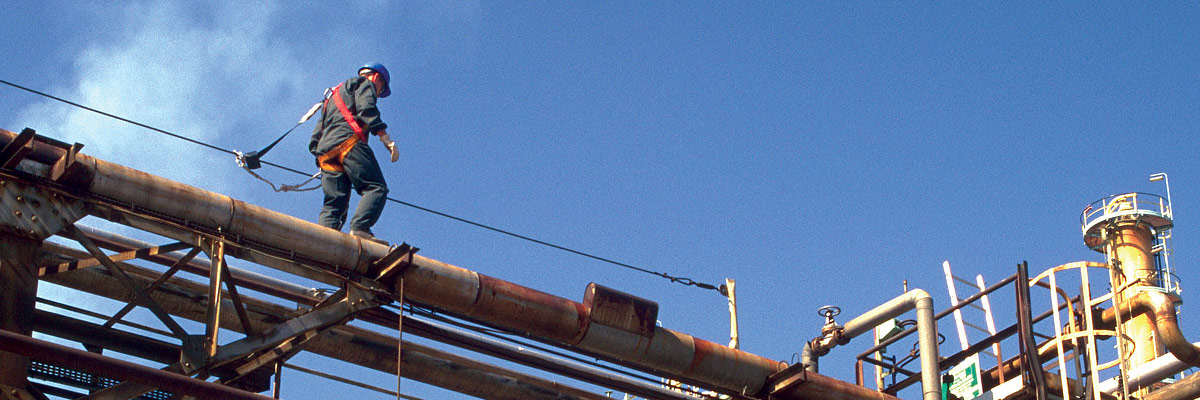Standards & Regulations
- SPI10/3/2024
Do you know the different classes of high-visibility clothing according to the CSA Z96-2015 standard?
High-visibility safety apparel (HVSA) allows workers to be seen by others and warn vehicle operators of the presence of be workers nearby, especially in low-light conditions or darkness. The CSA Standard Z96-15 High-Visibility Safety Apparel describes the requirements related to this type of equipment for Canadian workers.
- SPI8/1/2022
CSA Z1006-16: The standard for confined spaces
Each year, workers are injured or killed during confined space interventions. To better monitor the workers’ level of safety, it is recommended to implement a work management program, including the evaluation and prevention of risks associated with confined spaces. The CSA Z1006 standard is a reference tool enabling the development of such a program.
- SPI11/10/2021
Bill 59: What’s New?
Occupational health and safety are constantly evolving. That’s why standards and laws are adapting to the new work realities. Unfortunately, Quebec was more hesitant to modernize its occupational health and safety regulations. As a result, although the number of loss-time accidents constantly increases year after year, previous governments never enforced important reforms.
- SPI11/12/2019
Something new from Ansell and a new standard for hand impact protection
With the recent acquisition of Ringers, Ansell consolidates its impact expertise, especially regarding workers’ hands. All Ansell gloves are tested and certified by third-party laboratories to ensure they meet the demanding expectations of workers in various industries, such as construction and fire prevention. All models are taking into account the shape of the hand and the intended function to ensure the gloves remain in place and the hands are always adequately protected.
- SPI10/2/2018
Standard CSA Z462: The 15 changes to the 2018 edition you need to know
Accident prevention is a concern when working with electricity. In Canada, it is only in 2008 that a standard on occupational electrical safety at work at been created. This standard focuses primarily on arc flash and electrical shock risks and provides preventive measures that should be taken to avoid damages that generally occur when working in hazardous conditions. This is based on the U.S. standard NFPA 70E 2018.
- SPI7/18/2018
CSA Z259.11 Standard: A new version of the standard for working at heights
Falls constitute a substantial part of injuries occurring on construction sites or when working at heights. When planning the work, it is essential to minimize risks by considering the equipment assembled on the ground, by installing a guardrail, or otherwise, by ensuring that the worker wears a safety harness linked to a fall restraint system. Also, according to the current regulations and standards, as well as the various trades, the safety harness must be fixed to an anchorage system using a fall arrest connecting device that limits the maximum fall arrest force according to specific data.
- SPI3/16/2018
Choosing the right arc flash protective clothing according to the CSA Z462-15 standard
Personal protective equipment (PPE) is one of the essential tools for performing electrical work. PPE selection is based on the type of electrical work to perform. The equipment required for high-voltage or low-voltage work is different. In that case, which PPE is the right one?
- SPI5/4/2017
Employers will have until 2018 to comply with the WHMIS 2015: are you ready?
The WHMSI aims to protect the health and safety of workers by promoting access to information about hazardous materials used at work. WHMIS is a pan-Canadian system in which suppliers, employers and workers have their own responsibilities. This system is governed by federal and provincial laws and regulations. Any person providing or using hazardous products must comply with it.
- SPI1/24/2017
The Ontario government will oversee fall protection training in Ontario for construction workers
Ontario is about to better structure fall protection training for construction employees. From now on, trainers will be accredited by the Ministry of Labour, and all construction employees will have to pass tests. Is this an example to follow for all the other provinces?
- SPI5/4/2016
Two new ohs laws to be taken seriously in 2016!
When a bill is accepted and established as a standard in a province, it is often a sign that this law will cross borders and will sooner or later touch other provinces, or even spread at a national level. Therefore, it is important to be informed right away.
- SPI3/7/2016
The new CSA Z94.1-15 standard in head protection
Wearing a hard hat is a necessity in any work environment where there are risks of head injuries. It is just as essential to stay informed on the new standards in effect in order to maintain the OHS program up to date. Here are a few of the most recent changes, as well as a reminder of the key points concerning head protection.
- SPI10/31/2014
Changes in fall protection standards in Quebec
The Commission de la santé et sécurité du travail (CSST) [Quebec’ occupational health and safety agency] is continuously looking for ways to ensure safety of all work at height carried out on Quebec’ work sites.



